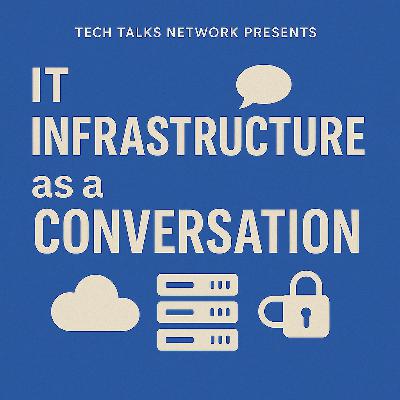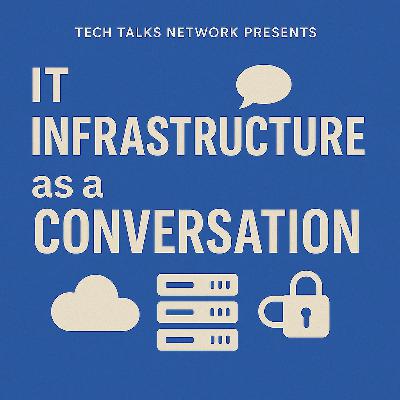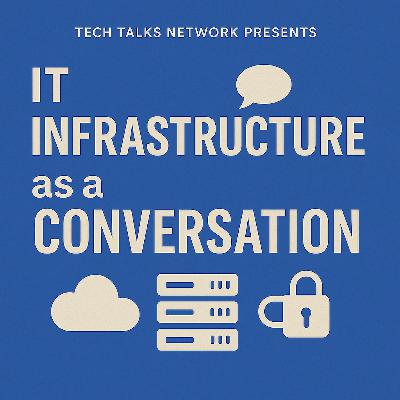
IT Infrastructure as a Conversation
Author: Neil C. Hughes
Subscribed: 3Played: 10Description
What does it really take to power the digital-first world we now live in? IT Infrastructure as a Conversation explores this question with purpose and insight.
As part of the Tech Talks Network, this podcast focuses on the core systems that make digital transformation possible. From cloud and networking to data management, storage, and analytics, we speak with the leaders responsible for building and maintaining the foundations of enterprise technology.
Each episode features thoughtful conversations with public sector innovators, enterprise architects, business technologists, startup founders and strategic thinkers. We examine how infrastructure decisions influence business outcomes, how to balance reliability with innovation, and why rethinking legacy systems does not have to mean massive cost or disruption.
We also look at the cultural side of infrastructure. What happens when strategy meets operational reality? How do leaders inspire change in complex environments? And where should businesses start if they want to future-proof without overcomplicating?
This is a podcast for those who understand that infrastructure is more than technology. It is the foundation on which everything else depends.
If you're ready to rethink how infrastructure is discussed, delivered, and developed, this is your conversation.








